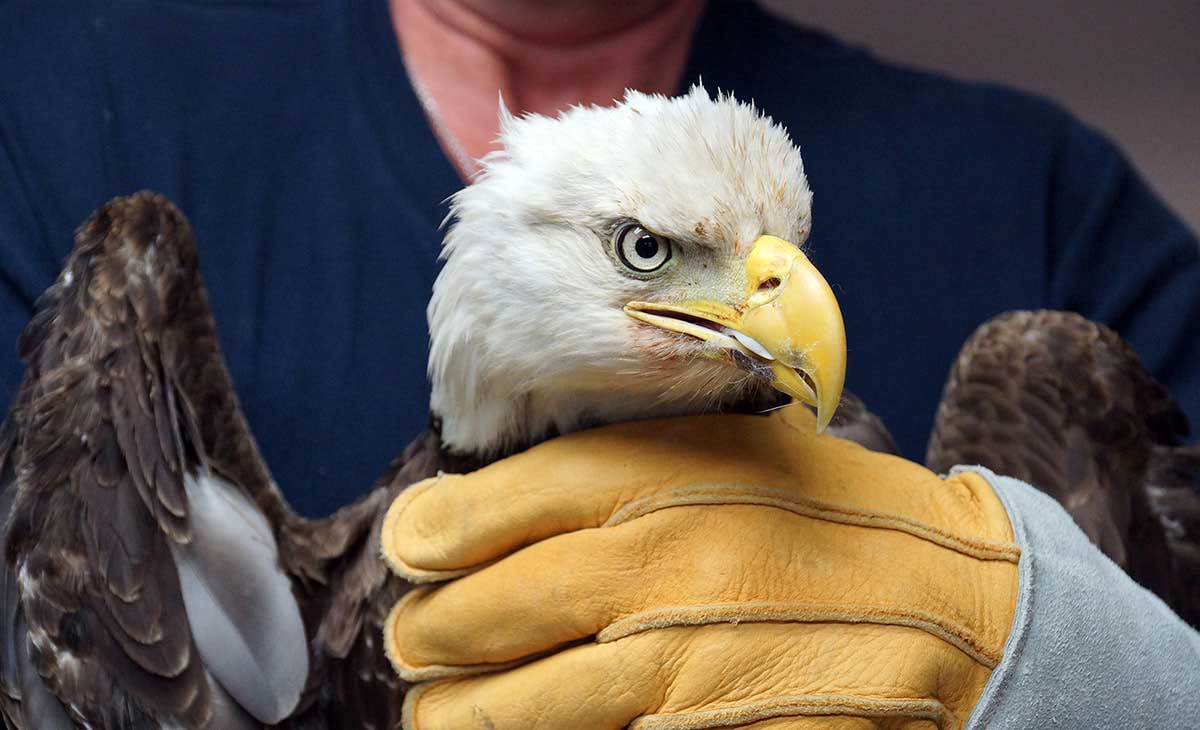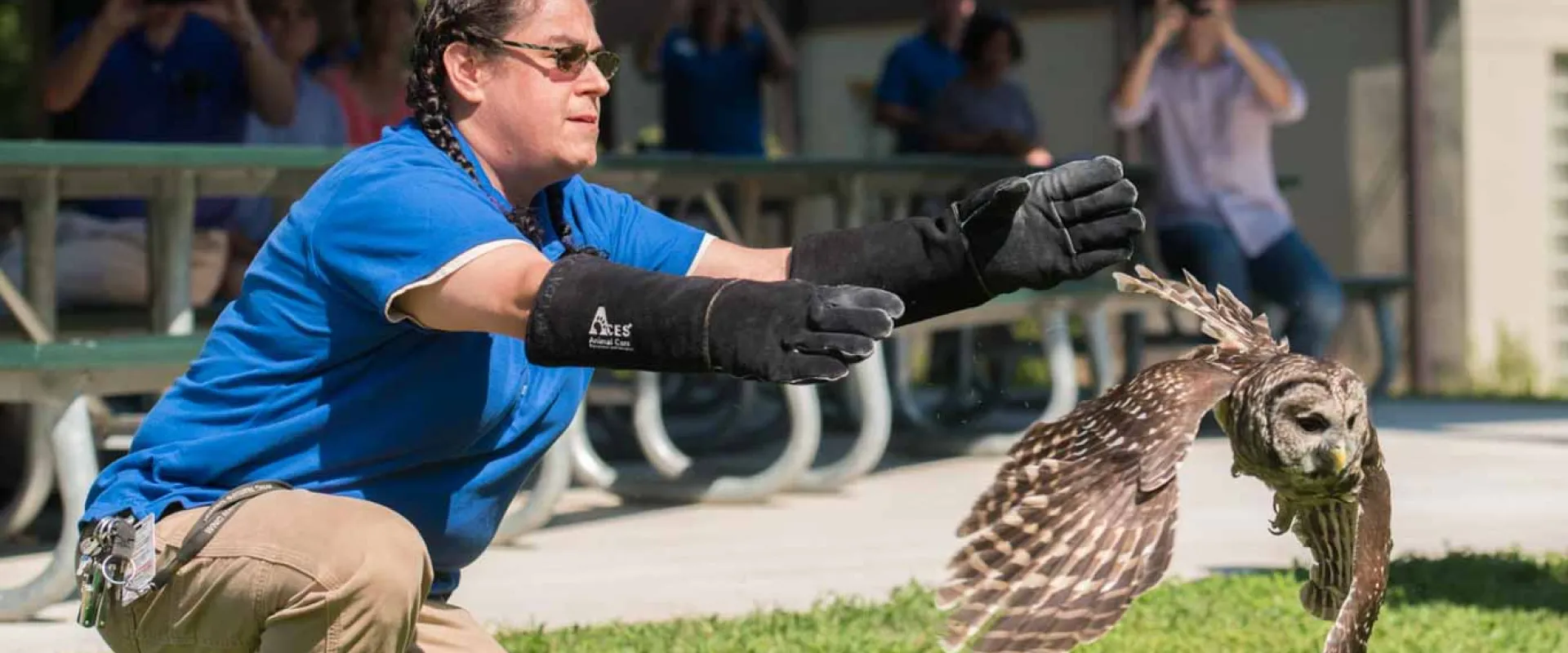How Burlington Wildlife Rescue is Making a Distinction in Our Environment
How Burlington Wildlife Rescue is Making a Distinction in Our Environment
Blog Article
Typical Obstacles and Solutions in Urban Wild Animals Removal Initiatives
Urban settings existing one-of-a-kind challenges for wildlife management professionals tasked with handling or removing wildlife populations. These challenges usually intersect with ethical considerations, legal frameworks, and the safety of both people and animals. Public resistance and false impressions better make complex these efforts, requiring cutting-edge, non-lethal remedies and durable area outreach. Recognizing the intricacies associated with metropolitan wildlife removal is critical for creating approaches that stabilize human security with wildlife well-being. What approaches have verified most efficient, and how can areas be better engaged to sustain these efforts? This discourse looks for to discover the intricate equilibrium needed for effective metropolitan wildlife monitoring.
Moral Wild Animals Monitoring
Attending to the intricacies of ethical wild animals management needs an equilibrium between human passions and the conservation of wild animals environments. In urban settings, this equilibrium becomes significantly tough as human growth encroaches on wild animals environments, resulting in frequent human-animal communications. Moral wild animals management in these settings demands methods that focus on gentle treatment of pets while mitigating potential conflicts.
One of the core concepts in honest wild animals monitoring is the avoidance of damage. This involves employing non-lethal techniques for wildlife removal, such as exemption techniques that avoid pets from entering human homes, or making use of deterrents that guide them away from metropolitan locations. Wild animals professionals are charged with utilizing techniques that lessen stress and anxiety and injury to the animals, ensuring their welfare is thought about along with human safety and security.
It is essential to analyze the environmental duties of metropolitan wildlife and how their elimination may impact neighborhood biodiversity. Eventually, effective moral wildlife management entails partnership in between guardians, policymakers, and the public to sustain metropolitan communities.
Browsing Legal Constraints
Navigating the legal landscape of city wild animals elimination offers a complicated layer to the already tough task of ethical wildlife monitoring. These legislations vary substantially throughout areas, demanding detailed understanding and compliance from those included in wild animals monitoring - wildlife rescue burlington.
One significant challenge is the constant development of these laws, frequently driven by ecological changes and societal attitudes towards wildlife preservation. Specialists need to stay educated regarding present legal requirements and upcoming legislative modifications. Non-compliance can lead to substantial penalties, legal ramifications, and reputational damages.
Additionally, partnership with local authorities can be crucial in navigating these constraints successfully. Building relationships with wildlife companies and lawful experts can provide beneficial understandings and assistance. This collaboration makes certain that removal initiatives are not just lawful but additionally line up with broader preservation goals. Hence, understanding and adhering to lawful frameworks is not just a procedural necessity however a fundamental component of liable and sustainable urban wild animals management.

Safety in Removal Practices
Making certain security in wildlife elimination techniques is critical to shielding both human and animal welfare. These efforts call for a balanced approach that lessens threat while achieving the wanted outcome of transferring animals from metropolitan setups. A main worry in wild animals elimination is the capacity for injury or disease transmission to my website people, demanding using individual safety tools (PPE) such as handwear covers, masks, and goggles. Trained professionals should handle removals to prevent intensifying the scenario, as untrained individuals may accidentally damage themselves or the pets included.
Safe removal techniques also consist of making use of gentle traps created to stop injury. These catches must be on a regular basis monitored to make sure that pets are not left in distress. Furthermore, it is essential to comply with standards that dictate the suitable handling, transportation, and launch of captured wildlife, making certain that the animals are returned to appropriate environments where they can grow without positioning more threats to urban atmospheres.
In addition, education and training for those included in wild animals elimination are essential. This guarantees that all celebrations recognize the most up to date security procedures and methods, therefore reducing the likelihood of accidents and promoting a harmonious coexistence between city dwellers and wildlife.
Innovative Deterrent Solutions
While security in wildlife removal is important, stopping experiences with metropolitan wildlife with innovative deterrent services can substantially minimize the requirement for such treatments. Urban atmospheres, with their abundance of food and shelter, frequently attract wildlife like squirrels, pigeons, and raccoons, leading to potential conflicts. Advancements in modern technology and layout have actually led the way for efficient and innovative deterrent methods that minimize wildlife visibility without damage.
One such service is the use of ultrasonic tools, which discharge high-frequency noises inaudible to human beings however unpleasant for numerous wild animals types, driving them away from details areas. Additionally, motion-activated lawn sprinklers can discourage pets by shocking them with unexpected bursts of water, properly dissuading their return. These devices are specifically beneficial in protecting yards and green rooms from foraging animals.

Moreover, the combination of wise lighting systems that readjust their illumination and color can disrupt the nocturnal activities of particular wild animals, lowering their convenience in urban settings. Physical obstacles, such as bird spikes and nettings, proceed to act as useful deterrents, stopping pets from nesting or roosting in undesirable locations. Highlighting humane and environmentally friendly approaches, these innovations hold guarantee for sustainable metropolitan wild animals monitoring.
Area Education Initiatives
Understanding the significance of neighborhood education efforts is critical in addressing urban wildlife challenges efficiently. Such initiatives play about his a considerable function in promoting conjunction between people and wildlife in metropolitan settings by increasing understanding and promoting responsible behaviors. Educating residents about neighborhood wild animals types, their habitats, and behaviors can minimize misconceptions and fear, resulting in even more educated decisions regarding wild animals monitoring.
Neighborhood education efforts typically consist of workshops, seminars, and outreach programs designed to involve homeowners of any ages. These initiatives can concentrate on sensible recommendations, such as protecting waste bins, mounting bird-friendly frameworks, and preventing feeding wildlife, which aids protect against drawing in animals right into metropolitan locations. By distributing knowledge concerning the environmental roles of wild animals, neighborhoods can shift viewpoints from seeing animals as annoyances to recognizing their worth within city communities.
Citizens that understand the importance of wild animals conservation are more likely to support humane elimination strategies and habitat defense steps - burlington animal control. Effective area education requires partnership between regional authorities, wildlife professionals, and neighborhood leaders to create customized programs that resolve details city wild animals concerns.
Conclusion
Urban wildlife elimination calls for a complex approach, addressing ethical administration, legal compliance, and safety in removal practices. Using cutting-edge deterrent remedies and focusing on non-lethal techniques are vital for minimizing human-wildlife dispute. Neighborhood education campaigns play a significant duty in modifying understandings and encouraging coexistence by cultivating an understanding of wild animals habits and decreasing attractants. Successful metropolitan wildlife monitoring depends upon collaboration among authorities, locals, and professionals, making certain strategies that safeguard human safety while respecting wildlife well-being.
Urban atmospheres present special challenges for wildlife monitoring professionals charged with getting rid of or taking care of wild animals populaces. Understanding the complexities included in city wildlife removal is important for creating strategies that balance human security with wildlife well-being.Browsing the lawful landscape of pop over to these guys city wild animals removal presents a complex layer to the already difficult job of moral wild animals monitoring.While safety in wildlife elimination is vital, protecting against experiences with city wild animals via cutting-edge deterrent solutions can considerably decrease the demand for such interventions. Successful city wildlife administration pivots on collaboration amongst authorities, homeowners, and professionals, making certain strategies that guard human safety and security while appreciating wildlife welfare.
Report this page